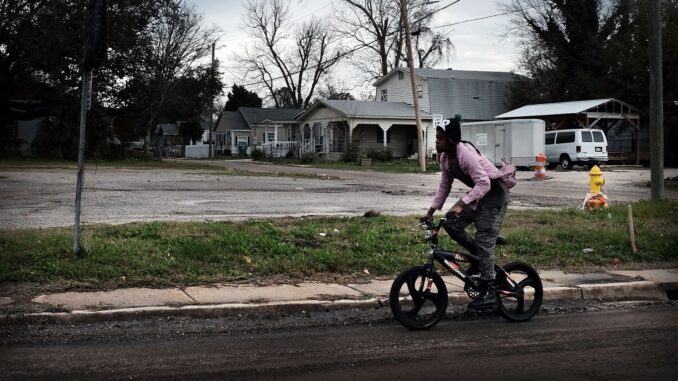
[ad_1]
Special Report
In the 1960s, Americans marched, sat, and boycotted to protest segregation, discrimination, and disenfranchisement of Black Americans. The resulting Civil Rights Act of 1964 and Voting Rights Act of 1965 ended the Jim Crow laws that enforced segregation, but it was harder to change centuries of rooted racism and practices. To this day, America’s structural racism remains intact, reinforcing substantial racial inequalities across the United States.
In recent years, Americans have again taken to the streets to protest racial inequality, calling attention to the racial achievement gaps that persist in cities and states across the country. To determine the worst states for Black Americans, Darlinez News. used census and other agencies data to create an index that measures racial gaps in income, poverty, education, homeownership, and opportunity in all 50 states. It is important to note that this list does not rank the states based on the absolute socioeconomic conditions of Black Americans, but rather based on the socioeconomic gaps between the white and Black population in each state.
Nationwide, the typical black household earns just 63.1% of what the typical white household earns a year. Black Americans are more than twice as likely to live below the poverty line or be unemployed as white Americans and are nearly five times as likely to be incarcerated.
In some states, the racial gaps are far more pronounced. In Wisconsin, for example, the Black median household income is 49.9% of the white median household income — the largest income disparity of any state. Similarly, the disparities in poverty, mortality, educational attainment, homeownership, unemployment, and incarceration levels are some of the largest.
A bulk of the worst states for Black Americans are in the Midwest, where millions of Black Americans moved during the Great Migration of the early 20th century. Today, many areas in the Midwest are in economic decline that disproportionately affects minority workers. (Here are cities with the most Black-owned businesses.)
One of the biggest factors reinforcing racial inequality in the U.S. today is de facto residential segregation. While the Fair Housing Act of 1968 outlawed housing discrimination on the basis of race, sex, national origin, and religion, the legacy of redlining and other discriminatory housing policies, which effectively segregated Black Americans to certain neighborhoods, continue to shape the demographic composition of neighborhoods into the 21st century, limiting opportunities for Black Americans and widening achievement gaps by race. (Also see, the worst cities for Black Americans.)
Click here to see the worst states for Black Americans.
Click here to read our detailed methodology.
Sponsored: Tips for Investing
A financial advisor can help you understand the advantages and disadvantages of investment properties. Finding a qualified financial advisor doesn’t have to be hard. SmartAsset’s free tool matches you with up to three financial advisors who serve your area, and you can interview your advisor matches at no cost to decide which one is right for you. If you’re ready to find an advisor who can help you achieve your financial goals, get started now.
Investing in real estate can diversify your portfolio. But expanding your horizons may add additional costs. If you’re an investor looking to minimize expenses, consider checking out online brokerages. They often offer low investment fees, helping you maximize your profit.

Leave a Reply